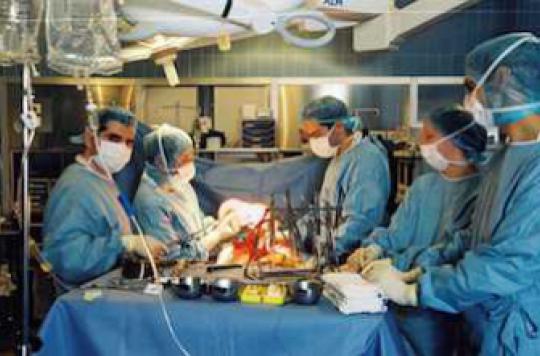With the help of chorionic villus sampling (chorionic biopsy) the DNA of the fetus can be examined for hereditary abnormalities.
During the pregnancy the uterus houses and protects a baby for about 9 months.
In the womb, the baby is enveloped by the amniotic membrane. Special cells in the placenta protrude from this membrane. These cells are called chorionic villi. Chorionic flakes have the same hereditary composition as the growing fetus. The flakes can be examined in the laboratory for hereditary or chromosomal differences. We call this test the chorionic villus sampling.
The placenta can be located in different places in the uterus located. Therefore, an ultrasound must first be made to determine where the placenta is, and then the best method of treatment is determined. A catheter is passed to the placenta through the vagina and cervix. With light suction from the catheter, a small piece of the placenta is carefully removed. The villus cells are sent to a laboratory for examination and the results of the examination are usually known within two weeks.

















